Saigon Central Post Office Building
Alright folks! In the previous story I introduced you to a brilliant service that is the Saigon Hotpot Free Tour. This time lets see where I went how it went, guided by no less than their Tour Department Head!
As agreed during booking, I was to be fetched by my 'walking-tour' guide, 10 o'clock in the morning, at my hotel's lobby. She was there on the dot - not Filipino time! A great 'first impression' about Vietnam.
I must tell you this: I asked how much is the fare from her home or office to the hotel - as it was made clear to me, that I should pay for all expenses other than the 'guiding fee', which was free. She said (in English) don't bother about it! Yet I suggest, we tourists should still insist to reimburse them that fare.
Hey FYI, I was praised by the guide for choosing a very central hotel location! She told me, everything we were to visit was just a short walk from Intercon. In fact, our first stop was just the block across...
Saigon Central Post Office Building [Viet: Bưu điện Trung tâm Sài Gòn, Fr: Poste centrale de Saïgon]This building is considered the center of Saigon, being both historic and iconic, and still standing, like it generally did upon inauguration in 1891. It looks like so, since Saigon was a French Colony that time.
Looking at that building and hearing that it is Vietnam's central post office, we Pinoys would probably remember our very own Manila Central Post Office Building, right? Well basta at least that's how I felt!
They're similar in a way, because both were built by (or under the auspices of) colonizers. That one by the French colonizers of Vietnam, and after 40 years, ours at Liwasang Bonifacio under the Americans.
Mapapa-isip ka ano kaya'ng meron sa mga post office noong unang panahon, bakit ang lalaki at ang gaganda? Ah, maybe that was "the in thing" during those times, and really required very wide spaces!
I now recall, almost all old central post offices around the world were or are 'big and grand' buildings. Hmm, maybe having a "postal service" in those olden periods was a sign of progress or affluence 'no?
It probably was the "hi-tech" thing of the past. Maybe like having an airport or cruise center of today!The façades of post offices, such as this, were artfully and lavishly designed by well-respected people of that era, utilizing rare (or expensive) raw materials, the latest technologies and the best machines!
You can readily spot the intricate details on that wall's exteriors, right? Doors or windows are arched with decorative reliefs adorning the edges - said to be a distinct characteristic of French architecture.
My guide says that huge clock is the 'original', and I checked the time - it still works! There are 2 dates under that big clock - 1886 (the year the building was constructed) and 1891 (the year it was finished).
Do you see the black rectangles above each of the main floor posts? They contain names of scientists or inventors related to the telephone and telegraph industries. I could read F. Arago, A. Volta, Louis XI, Chappe, Ampere, Faraday etc. Hmm, ba't me Louis XI, dahil hari ng France? Ah okay, French Revolution!
Inside, the roof is like a dome from entrance all the way straight to the end of the building.Looking at the structure, if not for that huge portrait of Ho Chi Minh, you'd feel you were not in Asia.
Even the merry mix of humans in this place is a blend of Asians and Westerners (mostly tourists), yet this post office still do function as it did more than one century ago, when it started its postal service!
Of course service counters are different now than they were before. If you look at the lower portion of that photo, the desks are current, probably so they won't have to alter the original cocnrete structure.
I asked my guide why this place was filled with so many people, everywhere I looked there was just so many humans. And she told me that few of these are sending letters or parcels. Many are tourists too!Notice that numbered wooden "cabinet" behind everyone? Those are 'phone booths'! Ah, Generations X, Y, Z and the Millenials would probably not be familiar with them, so I better try to expound on that!
Those phone booths are not even 'ancient' like this building is. They're a modernistic but slowly dying communications facility that is supposed to have ousted "snail mail", that this building was made for!
How do those booths function? Well, there are telephones (landline) inside each booth. You go in one of them to call the phone number (domestic or international) of anyone you want to talk to. That is it!
But there were (many) variations, depending on how you were going to pay for that call! I was anyway amused/surprised that there is still something like that in Vietnam, because in the Philippines, it has already fizzled out as a service - last time I saw something like that was in the early 2000s, in Batanes.
But here is proof that even in Saigon, that method of communication is also slowly disappearing...Booth numbers 8 to 14 aren't calling booths anymore. They've been converted to ATM booths instead!
Anyway, for you my "younger generation" readers, worldwide communications has such an interesting story/history of evolution. I can summarize it this way: 1] First there was "snail mail" - good old letters written on paper, placed inside envelopes, sent via postal services, distributed by 'postmen' (cartero).
Ah the "scented love letters", "the way to fold a stationery". The "postal money order", the "registered mail" versus " via airmail" versus "regular mail"! If you do not know any of those, go ask your parents!
2] Then came the "telegraph" - which replaced part of the need for writing letters, especially for those who needed to send their communications faster (ex: business transactions or urgent family matters).
Ay, "telegraphic transfers" were very important to me when I was in college. That was how my parents would send me my monthly allowance so I was a suki at the UP Post Office malapit doon sa Vanguard!
3} Next came the "telephone" - which got everyone to enjoy real-time communications even if at very far distances! Do you know '108', '109', 'party line' or 'telebabad'? If you don't, go ask your parents too!
4] After that came electronic mail or "eMail" - this was the time "snail mail" was coined to replace just 'mail' or 'postal mail' and to label/identify it as a distinctly slower form of communication than email!
Of course (I assume) all of you who are reading this, know what is an email. But did you know that, at first, it was not a legally accepted means of communication? Yeah, the courts never accepted that lalo na yung mga attachments na documents. Wala daw kasi pirma! Now we have evolved from snail mail!
5] Ah, whatever we have now is it, like "chat", "video conference" or even "fb/youtube live"!
It was only the "snail mail" era, that required such grandiose or even pompuous edifices to be built!
Nakaka-aliw re-tracing and looking back at histories, di ba? Inabot ko pa lahat yan, OMG! And imagine that, I had to be in Saigon, being herded by a "child", to remember and reminisce all those many ways of communicating with people that all started with the lowly 'sulat'! Maganda ba ang penmanship mo!
Anyway, we crossed the road to my next tourist spot, that we could actually already clearly see!
That's next!
11 12 13 14 15 16 17 18 19 20
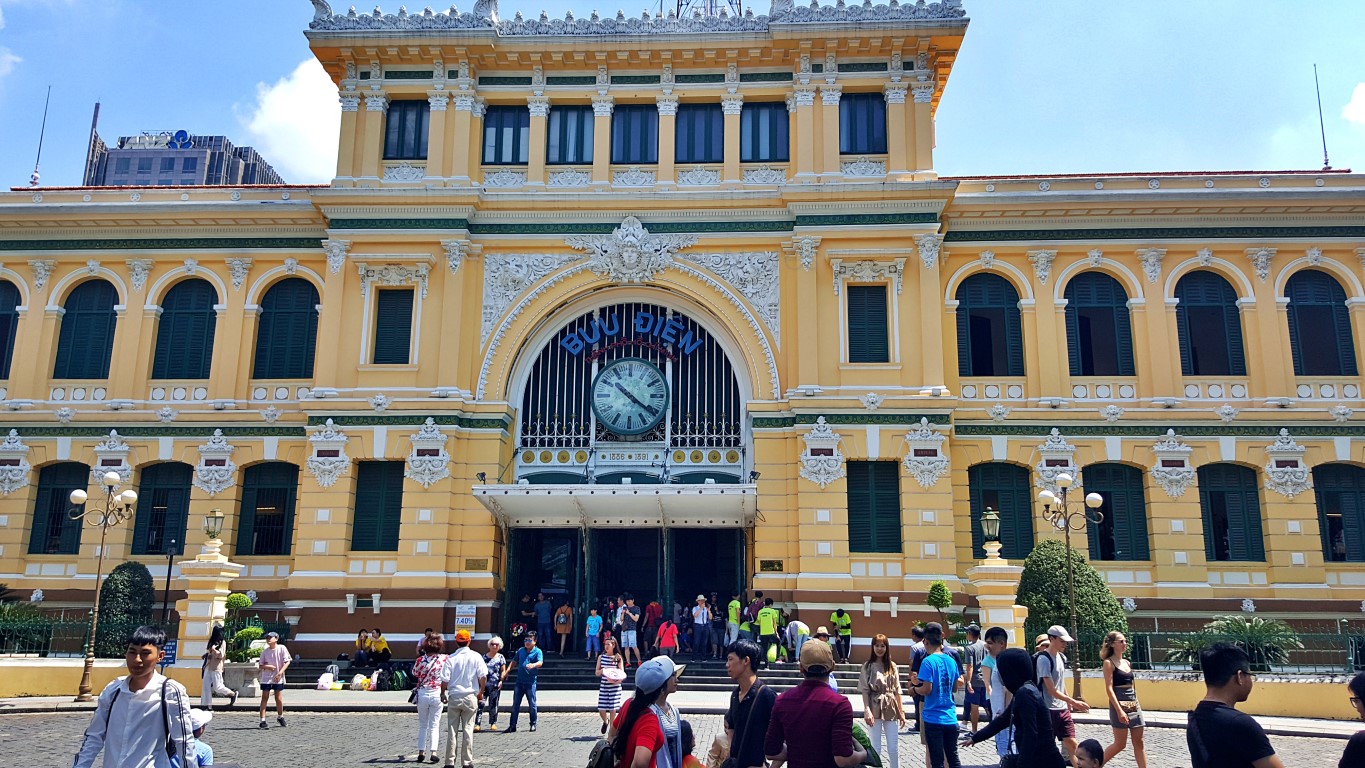
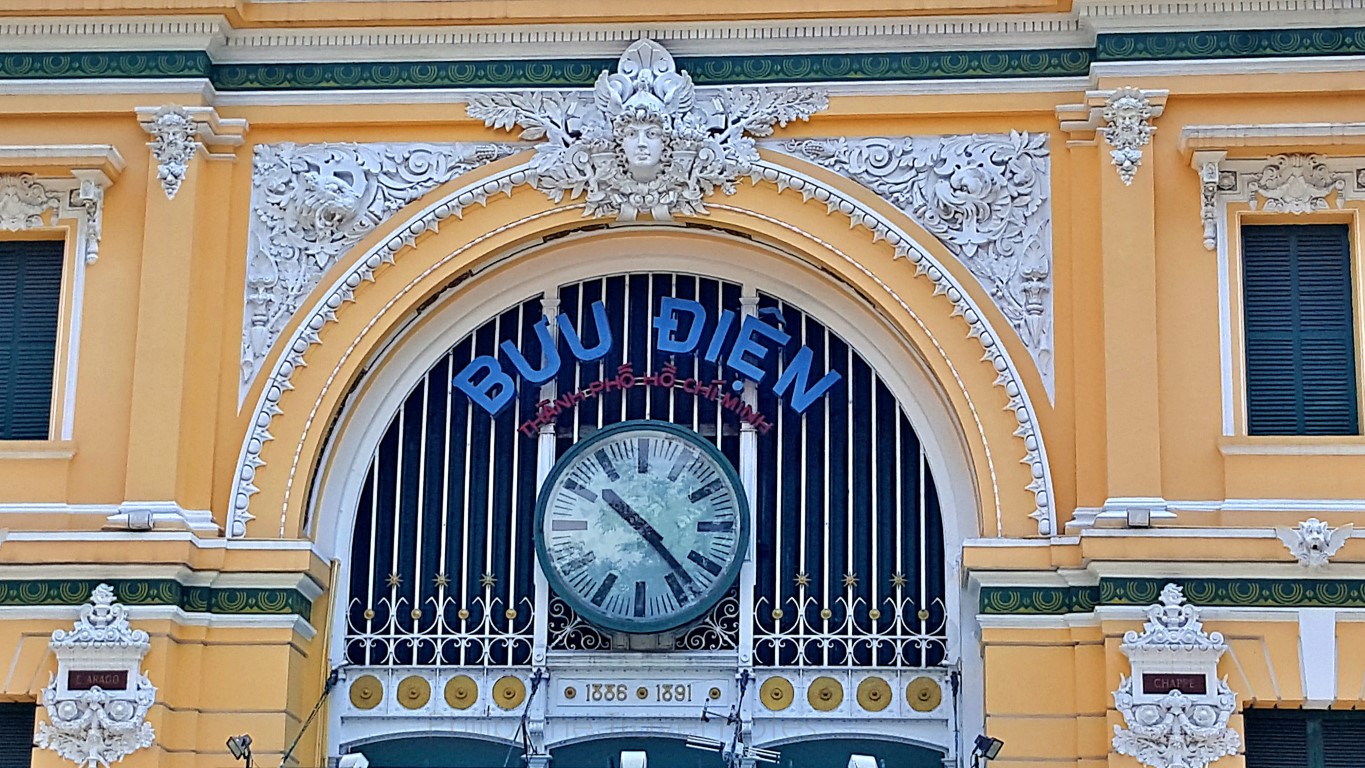
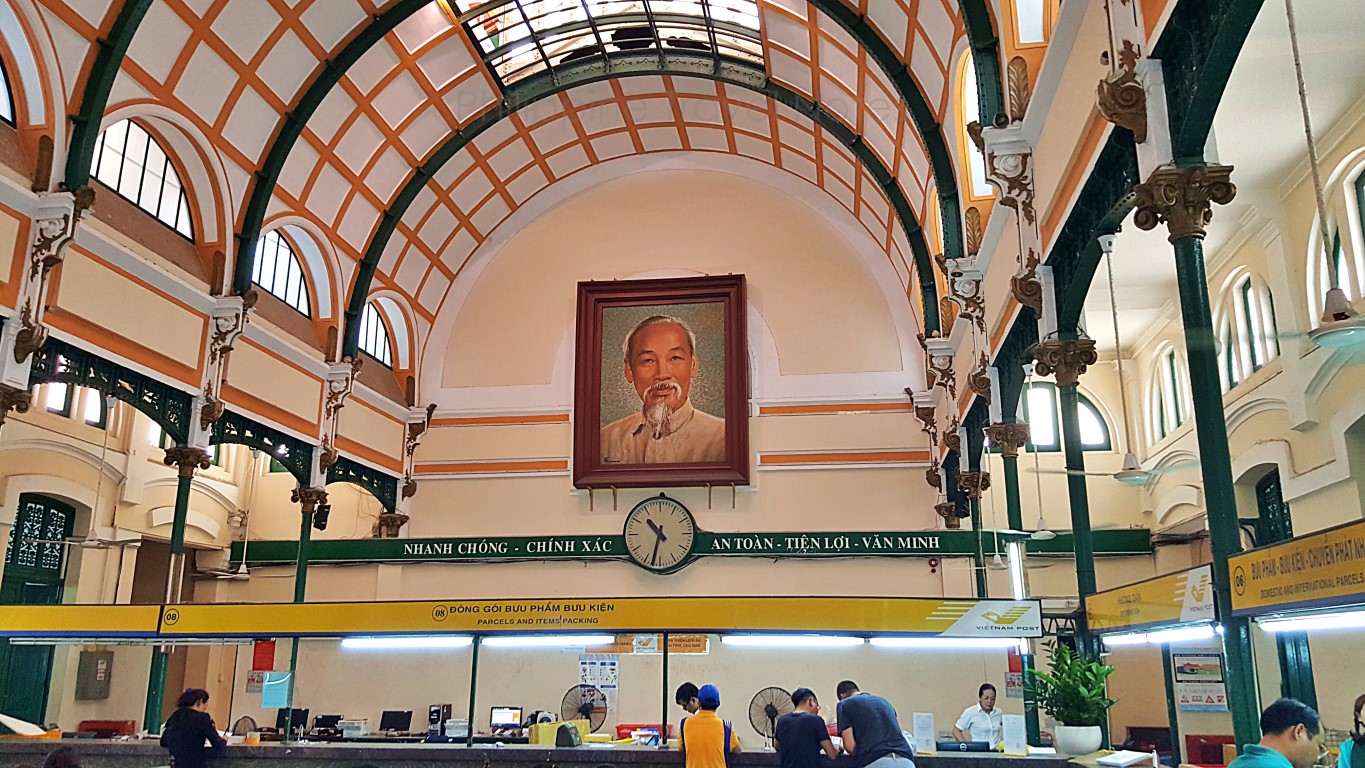
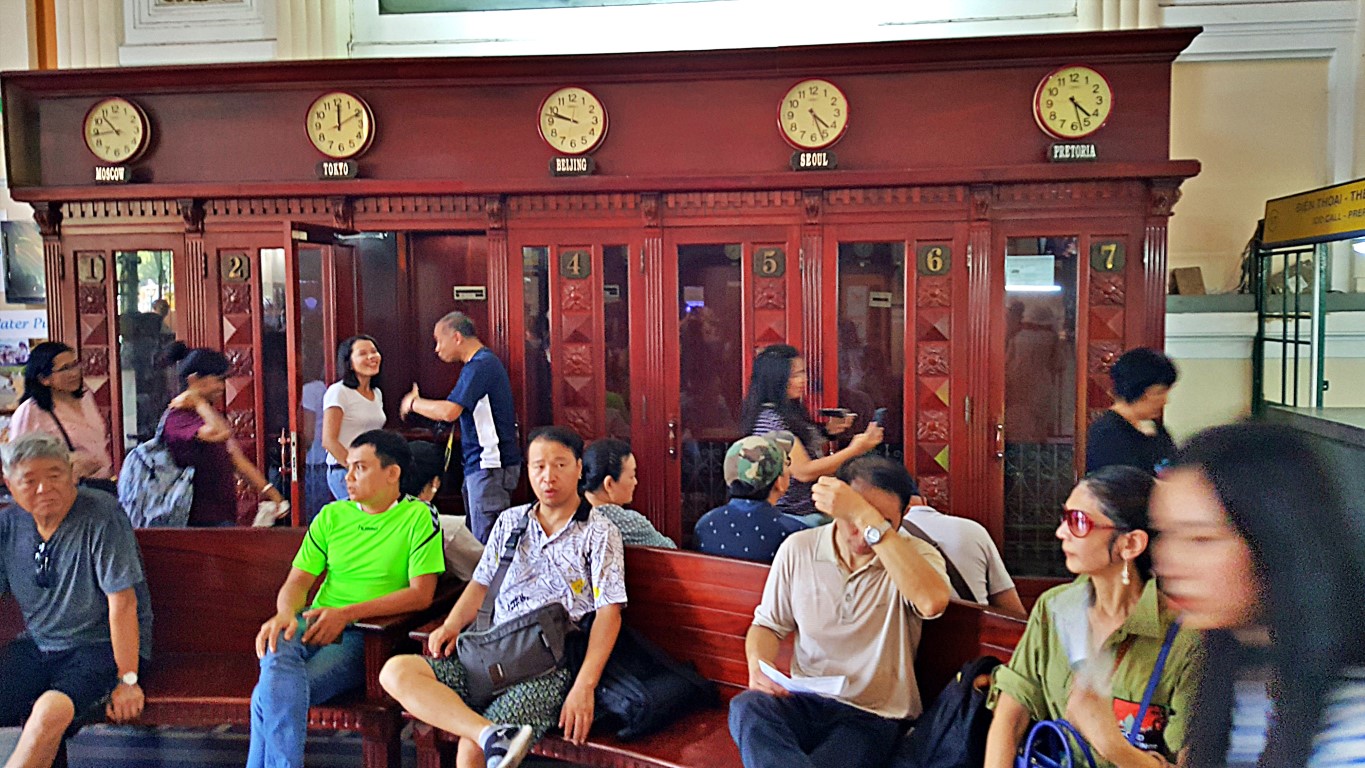
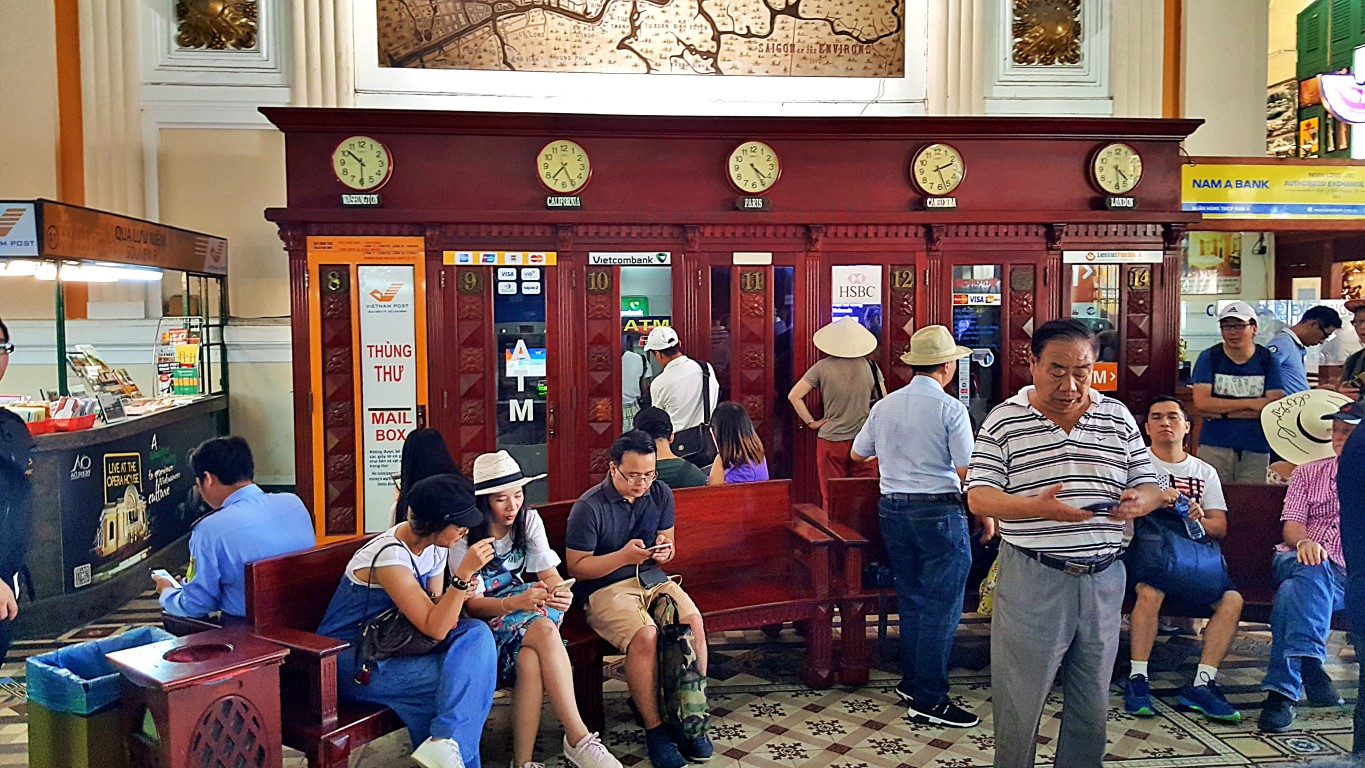



Comments
Post a Comment